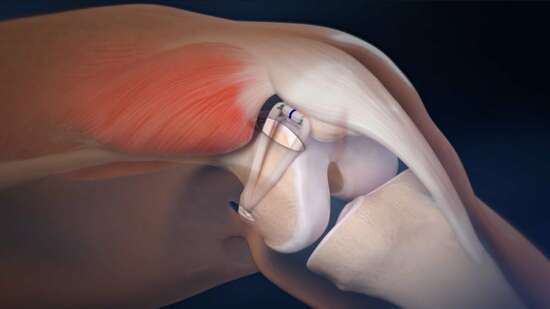Kneecap (Patellar) Instability
The kneecap, also known as the patella, is a bone located at the front of the knee. Too much side-to-side movement can cause kneecap instability, a condition in which the kneecap becomes too loose and moves out of place.
Open this page on your mobile device.
What is Kneecap (Patellar) Instability?
Causes, Symptoms, and Diagnosis
Kneecap instability can lead to a feeling that the knee "gives out" or buckles during certain activities. The kneecap can move out of the groove where it normally sits, causing pain and difficulty walking. If left untreated, this instability may lead to further damage to other structures of the knee.
Kneecap (Patellar) Instability: Overview
5m
Kneecap (Patellar) Instability Treatment
With and Without Surgery
Nonsurgical treatment for kneecap instability is recommended first. Exercises and braces may be used to help realign and support the kneecap. But, if kneecap instability does not improve, surgery may be considered to fix the underlying problem.
Kneecap (Patellar) Instability: Treatment Options
4m
Kneecap (Patellar) Instability Surgery
Surgical Animation
Different types of surgery are available to treat kneecap instability. Often, a ligament at the inner side of the knee, called the medial patellofemoral ligament (MPFL), is reconstructed to align and stabilize the kneecap.
Kneecap (Patellar) Instability: Ligament Reconstruction Using Soft Anchors and Screws Animation
2m
Kneecap (Patellar) Instability Surgery
Surgical Demonstration
A tendon graft can be used to reconstruct a new MPFL. This helps restore the alignment and stability of the kneecap.
Kneecap (Patellar) Instability: Ligament Reconstruction Using Soft Anchors and Screws
4m
The Arthroscopy Association of North America


Powered by:

© 2023 Arthroscopy Association of North America. All rights reserved. Privacy Policy. Return Policy.






